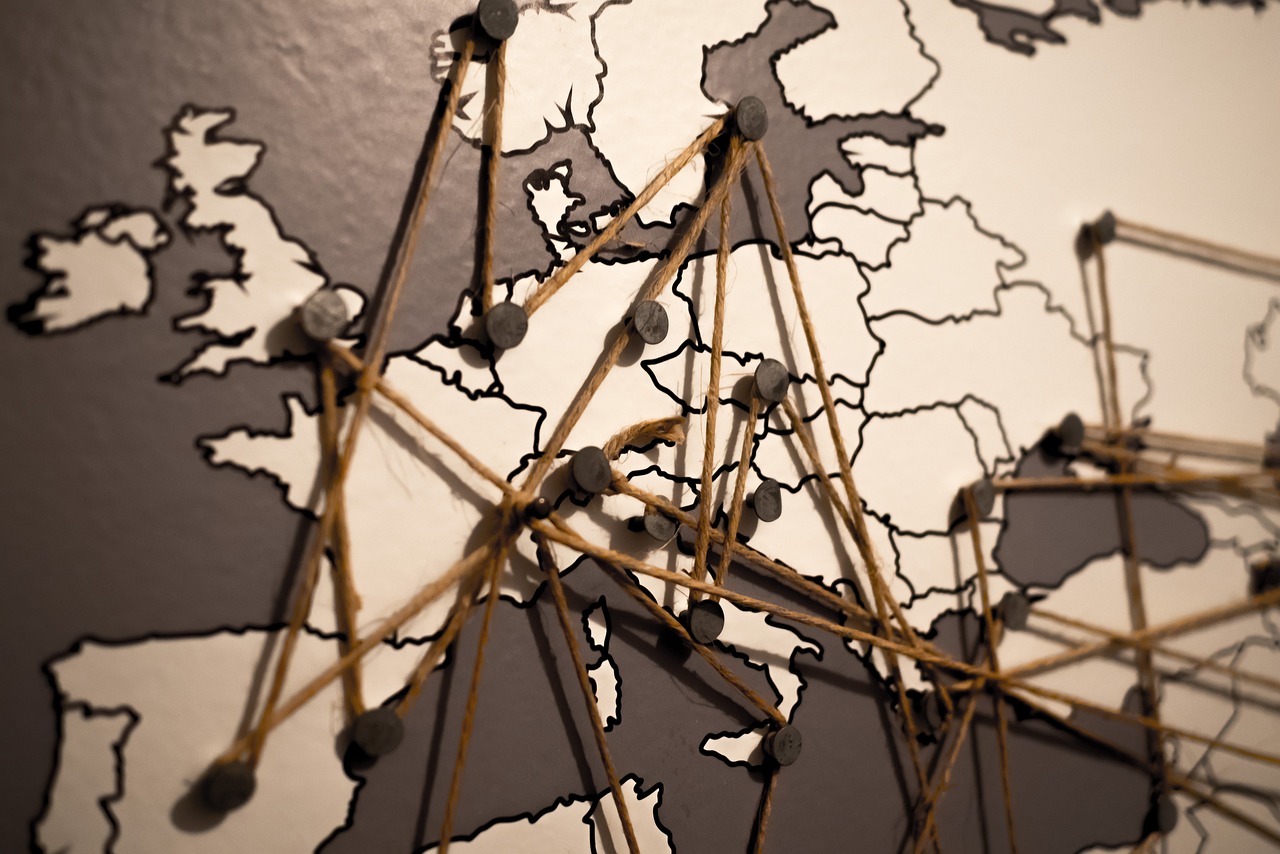⛔
STOP ⛔ Before you look at the answers, make sure you gave this practice quiz a try so you can assess your understanding of the concepts covered in Unit 4. Click here for the practice questions:
AP Euro Unit 4 Multiple Choice Questions.
Image courtesy of Pixabay
Facts about the test: The AP Euro exam has 55 multiple choice questions and you will be given 55 minutes to complete the section. That means it should take you around 1 minute per question.
The following questions were not written by College Board and, although they cover information outlined in the AP Euro Course and Exam Description, the formatting on the exam may be different.
1. This term refers to the belief that earth is the center of the solar system:A. Heliocentric
B. Geocentric
C. Copernican
D. Aristotle
Answer: The Greek philosopher Aristotle theorized that the earth was the center of the solar system and this idea was held onto by the Catholic Church through the Middle Ages.
📄
Study AP European History, Unit 4.2: Scientific Revolution
A. Heliocentric Theory
B. Geocentric Theory
C. The Flat Earth Theory
D. The Aristotle Theory
Answer: Copernicus theorized that the sun is the center of the solar system, but to avoid persecution he published this idea on his deathbed.
📄
Study AP European History, Unit 4.2: Scientific Revolution
A. Brahe
B. Copernicus
C. Galileo
D. Kepler
Answer: Kepler was able to explain the rotation of the planets around the sun by creating a model of the planets in which they moved in elliptical orbits.
📄
Study AP European History, Unit 4.2: Scientific Revolution
A. Vaccines
B. The geocentric theory
C. Gravity
D. Cell structure
Answer: Newton discovered gravity which helped explain the movement of the planets.
📄
Study AP European History, Unit 4.2: Scientific Revolution
A. Reading Aristotle and Plato to gain a better understanding of the natural world
B. Using the Bible to understand the natural world
C. The use of empirical evidence
D. Studying microbiology to better understand human life.
Answer: Both Descartes and Bacon urged the use of visible or empirical evidence to prove scientific theories correct or incorrect.
📄
Study AP European History, Unit 4.2: Scientific Revolution
A. Freedom of information
B. Religious toleration
C. Political representation
D. Religious discrimination
Answer: Generally speaking, religious toleration was a key idea of the Enlightenment.
📄
Study AP European History, Unit 4.3: The Enlightenment
A. Voltaire
B. Rousseau
C. Diderot
D. Montesquieu
Answer: Even though Rousseau is one of the most widely studied Enlightenment thinkers today, his ideas at the time were not widely popular.
📄
Study AP European History, Unit 4.3: The Enlightenment
A. Separation of powers in government
B. The creation of the Encyclopedia
C. Religious toleration
D. Innocent until proven guilty
Answer: Montesquieu’s idea of separation of powers will go on to inspire the creation of modern democracies.
📄
Study AP European History, Unit 4.3: The Enlightenment
A. Transcendentalism
B. Atheism
C. Deism
D. Humanism
Answer: Deism became a popular spiritual belief with Enlightenment philosophers.
📄
Study AP European History, Unit 4.3: The Enlightenment
A. The Encyclopedia
B. The Two Treatises on Government
C. Essays on the Customs and the Spirit of the Nations
D. The Social Contract
Answer: The Encyclopedia was created to give everyone access to all known information.
📄
Study AP European History, Unit 4.3: The Enlightenment
A. They were places of discussion of religious ideas and how they interacted with Enlightenment ideas
B. They were places of discussion of anti-Enlightenment ideas.
C. They produced copies of popular Enlightenment works
D. They were places of discussion of Enlightenment ideas.
Answer: Salons became meeting places where Enlightenment readers and authors could discuss new ideas.
📄
Study AP European History, Unit 4.3: The Enlightenment
A. Britain
B. Austria
C. France
D. Russia
Answer: Both the War of Austrian Succession and the Seven Years War showcased the aggressive nature of Frederick the Great and his rivalry with Austria.
📄
Study AP European History, Unit 4.6: Enlightened Monarchies
A. Joseph II
B. Charles II
C. Frederick William I
D. Frederick II
Answer: Charles II was not an Enlightened Despot, even though he did work more productively with the English Parliament.
📄
Study AP European History, Unit 4.6: Enlightened Monarchies
A. Russia, Austria, and Prussia
B. Russia, France, Prussia
C. Austria, Prussia, France
D. Austria, Britain, France
Answer: The partitioning of Poland by Russia, Austria, and Prussia was a massive departure from the Enlightened Despotism that the rulers of all three countries subscribed to.
📄
Study AP European History, Unit 4.6: Enlightened Monarchies
A. The enclosure act
B. Increased food production
C. The decline of disease
D. All of the above
Answer: The partitioning of Poland by Russia, Austria, and Prussia was a massive departure from the Enlightened Despotism that the rulers of all three countries subscribed to.
What can we help you do now?🔍Check out all of the resources for AP Euro
Unit 5.
🤝Connect with other students studying AP Euro with
Hours.

